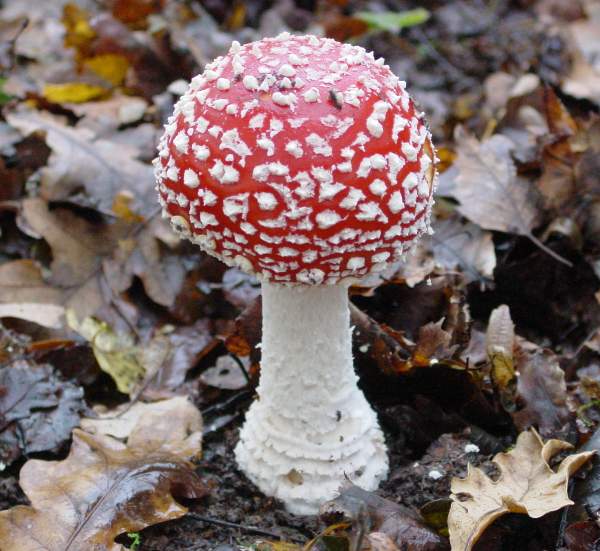|
The greyer mornings of October are brightened by the sight of trees beginning to flush with sunrise hues. Although there can still be warm days, on October mornings we can start to see our living breath forming plumes of mist, heralding colder days. Some welcome the colourful transition, wrapped in a cosy feeling. For others there is the disheartening start of SAD symptoms, as our internal sunshine diminishes and our mood hollows out.
In October, the winds begin to gather strength. There is something elemental about being surrounded by the living wind. Others find it more of a challenge, feeling boxed and bullied by the Autumn gales. In amongst the trees, the old branches creak and groan, as the wind shushes and hushes through the tree tops. Fewer birds choose to sing at this time of year - it is mainly the raucous call of crows that we hear as they stagger about in the buffeting air. Deep in the woods, the air carries damper traces, hints of decay in amongst the crinkling leaves. Whilst this decomposition may hint at shadowy death, there is the excitement of finding the magical shapes of fungi that blossom in the crevasses of trees, jut boldly from the sides of trunks or erupt from the leaf litter. (On open fields, dark circles of grass or fairy rings, are tell-tale signs that blossom-white fungi are about to push into the Autumn air). At first glance, it may appear that the fungi are preying upon the trees. However, these beautiful fruiting bodies, seemingly built upon decay, are just the visible part of a larger system. If we could peer beneath the surface, we would find that endless arrays of tiny fungal filaments (known as hyphae) that form a living system. The fungi work in intimate partnership with the trees: the fungi feed the roots, whilst the trees provide the dead materials for the fungi to feast upon. This union is vital for the health of woodland. (Fungi, through their living processes actually generate heat – allowing them to flourish in colder October). What appears at this time of year above ground is the spore-bearing part of the fungi – just one part of this endless cycle of life and death. This closeness of life and death finds expression at this time of year in the Celtic festival of Samhain. Later to be known as Halloween, it was said that the veil between the living and the dead was at its thinnest and we could commune with our ancestors. This was a time to honour our elders, both alive and dead. Moreover, fungi provide a potent symbol of our hidden depths, our unconscious, unseen processes that allow us to function in the world. However, our unconscious is not just a repository for all that we fear – not least death, but a place where psychic processes take place that allow us to flourish, like our creativity and lust for life. It has been said that in order to live life to the full we must come to terms with the inevitability of death. However, most of the time we are only dimly aware of what goes on beneath the day-to-day thoughts and feelings we have. It is only when, like the fruiting bodies of fungi, are we made aware of what lies beneath - when something that cannot be ignored pushes to the surface. This could manifest itself as a recurring dream, intrusive thoughts or a persistent feeling that one is not functioning too well in the world. It is at this point that we need to find a way of making connections with the myriad of psychic hyphae that populate our inner world. Through understanding what lies beneath, we can engender transformation, bringing more colour back in to our life. Art Making At this time of year we are gifted with leaves painted in a myriad of hues. Some leaves hang on to their greenness, whilst others quickly transform to deepest red. With this art making you are invited to gather the different colour leaves available to you. Using your leafy palette, arrange your leaves in a colourful circle, gradually changing the hues from one to another as you progress. Once you have completed your ring, stand within it, turning slowly to reflect on its gradual change in colours. As your revolve, bring to mind the cyclical nature of life and death in the woodland around you. This is your chance to contemplate the never-ending cycle of life of which you are part.
0 Comments
Leave a Reply. |
AuthorSimon Wodward, Indoor and Outdoor Art Therapist Archives
April 2017
Categories |


 RSS Feed
RSS Feed
